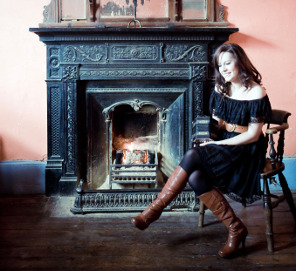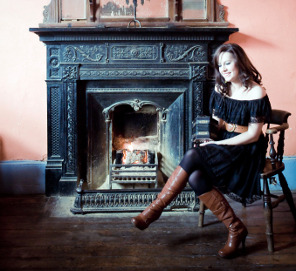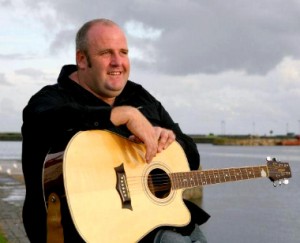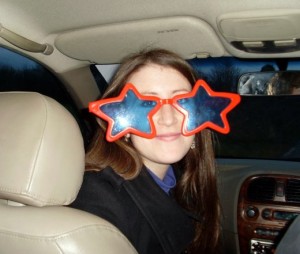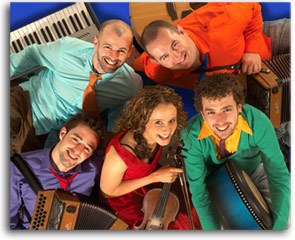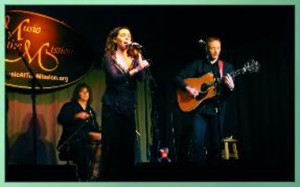Laurence Banville grew up in the tiny townland of Ballykerogue, a few miles from the Kennedy family homestead of New Ross in County Wexford. For the first few years of his life, Banville’s family owned a pig farm. “That’s before my dad became a builder,” he recalls, “until I was about 5 or 6. I do remember the smells and all that.”
We all have to start somewhere and, although the farm really played a minor role in Banville’s early life, that was his beginning.
Banville has come a long way from Ballykerogue, and not just in air miles. Today, this son of a rural Irish contractor is an attorney with the Center City Philadelphia firm of Willbraham Lawler & Buba, specializing in asbestos defense litigation. He has a bachelor of law degree from University College Dublin and was admitted to the New York state bar in 2009. Banville works on New York asbestos cases from Philadelphia. He is also the founding chairman of the nascent Irish Network-Philadelphia.
That he would wind up practicing law, and in the United States, is not much of a surprise to Banville. He wasn’t drawn to the law at first, but it wasn’t long before the cool logic and fact patterns of the law began to appeal to this analytical young man.
“When I went looking at all the various degrees that were available in the country, I found the program at University College Dublin, which was business and law combined,” he says. “I figured it was a safe option. I was curious about law, but obviously I’d never studied or practiced it before, so (if things didn’t work out) I decided I could always fall back on the business side of things. But after sitting in a few courses, I found the law more interesting than the business.”
Banville would go on to graduate from the program with honors in 2008. but early on in his academic career, it was clear that Banville wasn’t likely to return home to Ballykerogue for a small local practice dealing in wills and probate, traffic accidents and property transactions.
In 2006 he landed a spot in a prestigious exchange program at the Université catholique de Louvain in Belgium (classes were in French), and he stayed on for a summer associate posting at the huge international law firm Cleary Gottlieb Steen & Hamilton in Brussels. Next up, in 2007, a stint as summer associate at Ireland’s prestigious commerical law firm Matheson Ormsby Prentice in Dublin.
Somewhere along the way, he found time to create a small company called Roasted Promotions, described as “an Irish partnership offering student-focused advertising in Dublin’s entertainment industry.”
Laurence Banville was one busy young fella. But it was his international experience that most opened his eyes to future possibilities. “”Ever since I went to Belgium,” he says, “I knew I wouldn’t stay in Ireland. I really like living in other countries with different cultures and different diversity.”
It was while at Cleary Gottlieb that someone told him he ought to investigate the practice of law in the United States. So, in 2008, he sought and earned another summer associate position, this time at the Westmont, N.J., firm of Brown & Connery. And shortly thereafter, the bar exam in New York.
It was love that brought him to Philadelphia. His girlfriend Brooke Holdsworth lived here, so he sought a position in the city … and that brought him to his current firm, and the asbestos work.
Believe it or not, even though various federal agencies started banning asbestos in the late 1970s, there’s still plenty of asbestos litigation. “There’s a 40-year latency period with asbestos, he says. [That’s the time between exposure and the onset of mesothelioma, a cancer attributed to asbestos exposure.] Currently we are seeing more secondary exposure cases, like wives who washed the clothes of their husbands who worked with asbestos.”
At this early stage of his career, asbestos law is the focal point, but Banville is open to whatever comes next. “I’m pretty flexible. I’ve practiced in a number of different areas of law–antitrust, mergers, corporate takeover work.”
it was probably only a matter of time before the Irish-born attorney made his way into the Philadelphia Brehon Law Society–an organization of lawyers and judges of Irish descent. “The only support group I had in Philadelphia was the Brehons,” he says. “If it weren’t for the law, I wouldn’t have known where to go for support.”
And then, back around St. Patrick’s Day, Banville helped form another welcoming organization when he joined with several other Irish and Irish-Americans to create Irish Network-Philadelphia (IN-Philly), a local chapter of an organization to which he had belonged in New York. “When I was in New York, it (the Irish Network) was one of the first events I went to,” he says. “I liked the diverse ‘boots to suits’ nature of the group and the laid-back attitude toward networking that the group in New York had. They were very welcoming, and that was really helpful. So when I was asked to look into seeing whether an Irish Network would be good for Philadelphia, I thought it would be a great idea.”
Obviously, Banville is far from alone in guiding IN-Philly through its formative stages. But with someone with such a strong creative spirit and drive at the helm, IN-Philly is bound to be just what Banville predicts: one great idea.


